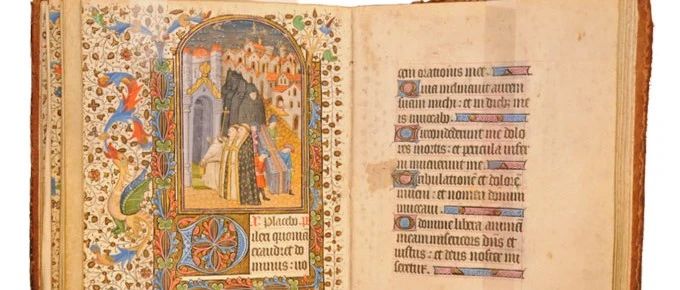
The fruit looks lovely.
there is a mysterious blue hidden in the ornate medieval manuscripts, the chemical composition of which has only recently been identified.
this natural blue pigment comes from a plant called Chrozophora tinctoria. At that time, its fruit (figure 1) was collected and made into a blue extract, which was absorbed on the cloth to dry and used as a pigment.
peculiar-looking fruit of Euphorbia angustifolia dye
Look for a glamorous sultry dresses for guests attending nuptials and add glitter and charm to your daily life. Shop now at prices that will make your head spin.
A cloth dyed blue with the dye Euphorbia officinalis (left). When it is exposed to the sun for a few hours, it turns purple (right):
A team of chemists, botanists and cultural relic conservation experts reproduced the blue pigment based on medieval literature, extracted and analyzed the main pigments. After a variety of means of analysis, the molecular structure of the dye component was finally determined. The structure of this molecule is quite different from that of natural blue substances such as indigo and anthocyanins. Natural and durable blue pigment is rare.
the chemical molecule corresponding to this natural blue species:
although this pigment is no longer in use, understanding its chemical properties can help people better protect the precious cultural relics that use it. For example, we can analyze the stability of this substance and under what conditions it is better to preserve it.
Research Source: https://advances.sciencemag.org/content/6/16/eaaz7772